Belmore Court: Your next best stay in the West
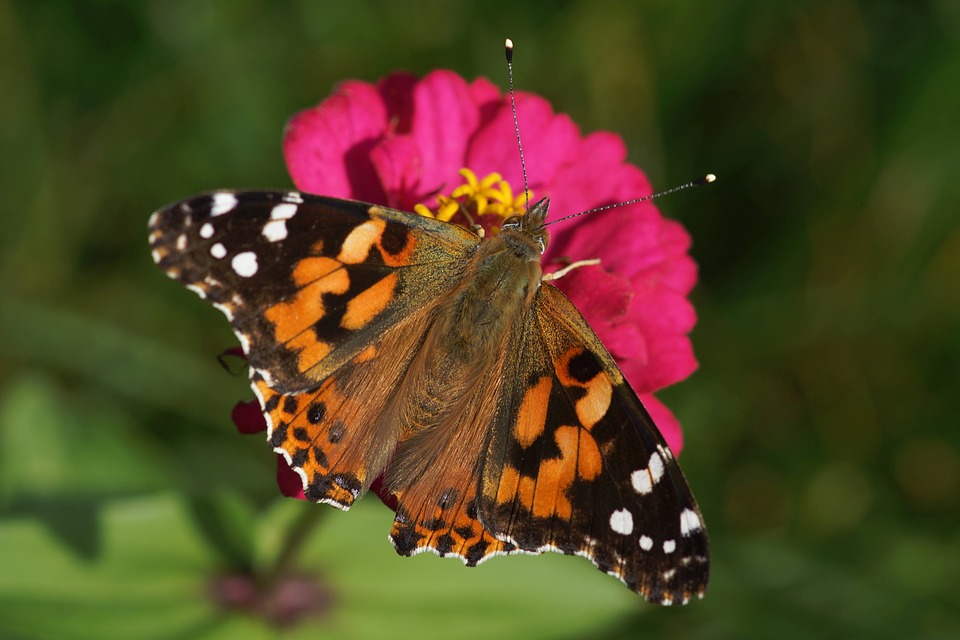
Would you like to sponsor this article?

Have you seen any Painted Ladies this summer?
August is a peak period for wildlife in Northern Ireland and while most wildflowers are beginning to “turn over” (a term used as they go to seed), there are still plenty in bloom to provide pollinators a banquet of nectar and a good thing too!
This year we have seen a huge migration of Painted Lady butterflies right across the UK and Ireland. The Painted Lady, (much like the swallows and swifts which arrived with us earlier this summer), is a vagrant that makes the journey from the African continent to the UK throughout July and August before returning again at altitudes of over 500m in the autumn. Each year the species travels around 9,000 miles in round trips and can reach speeds of up to 30mph, so a real toughness belies their fragile exterior.
READ: 3 Mournes Beaches to visit this Summer
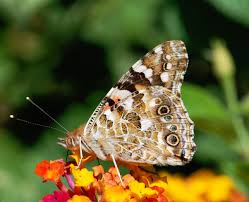
READ: Climbing Slieve Donard: a Story of Personal Triumph
These beauties can be identified by the black and white tips on mainly orange upper wings with a greyish silver mottling on lower wings that are often visible as the butterfly rests. While here they will be busy feeding, breeding and even battling as the adults struggle to keep territories free of other intruding butterflies. Of huge importance is the fact that they are responsible for pollinating over 100 different species of plants, performing a vital role in the life cycles of many of our trees, shrubs and wildflowers. In addition they are also an important prey item for a range of species from mammals such as bats and pygmy shrews to birds and even other insects.
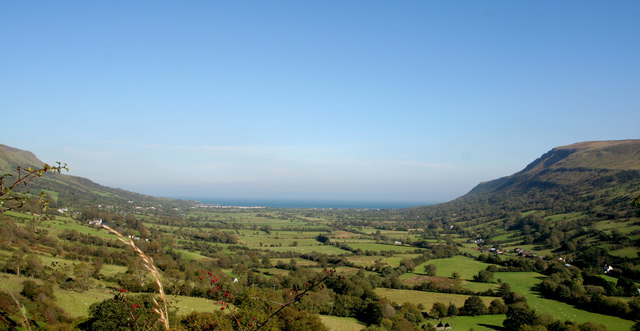
Painted Ladies can be found throughout most habitats flitting between flowers among our resident butterflies. August is a prime month in the flight season of many of our butterflies with common blues, dark green fritillary, green veined white and red admirals all part of the vibrant lepidopteral palette that brings colour to our countryside. These species can be seen along many of the rural trails in the countryside and all sightings are valuable to help conserve these important and well loved animals.
Until the 11th August Butterfly Conservation are calling out for us all to take part in the “Big Butterfly Count.” The methodology couldn’t be easier, simply count butterflies for 15 minutes during bright (preferable sunny) weather and record which species you’ve seen. It is up to you want to do it while walking or while sitting for a water break. Once you are done simply log your sightings onto Big Butterfly Count and the scientists over there will do the rest!

It’s well worth noting that while concerted campaigns may focus on select species for a particular period, all sightings of wildlife are important to help with conservation efforts. So why not make the big butterfly count a habit maker and bring a notebook to help support data collection on future hikes, it’s amazing what you can find out there!
You can follow Conor on Twitter and Facebook, or visit Ulster Wildlife.
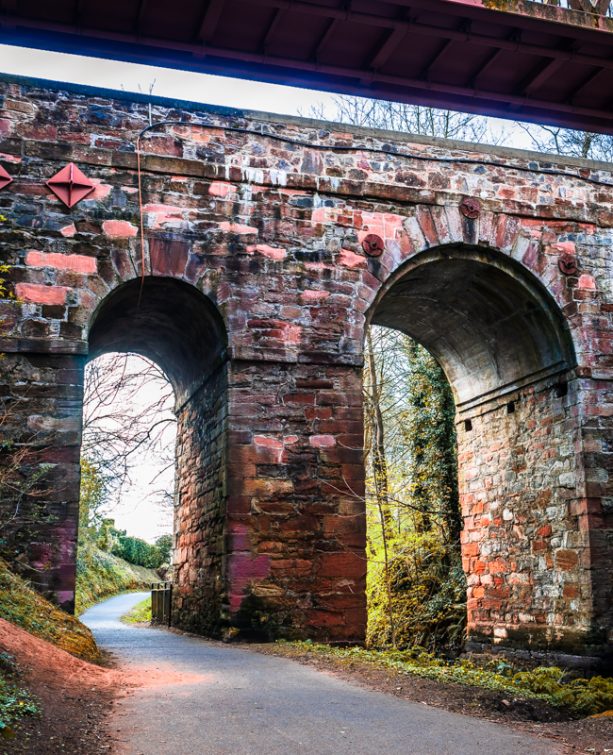 Belfast,Photography
Belfast,Photography
5 scenic walks around Lisburn
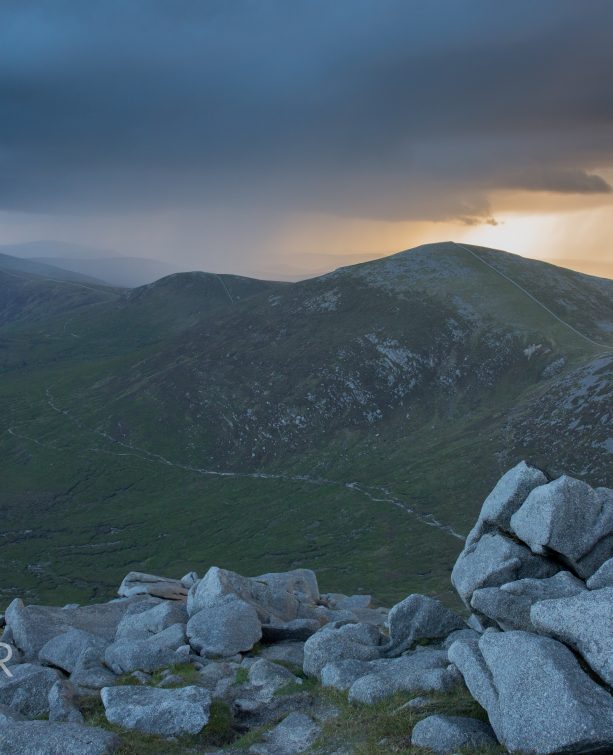 Mourne Mountains
Mourne Mountains
Bearnagh: Chased the sunset, caught the rain
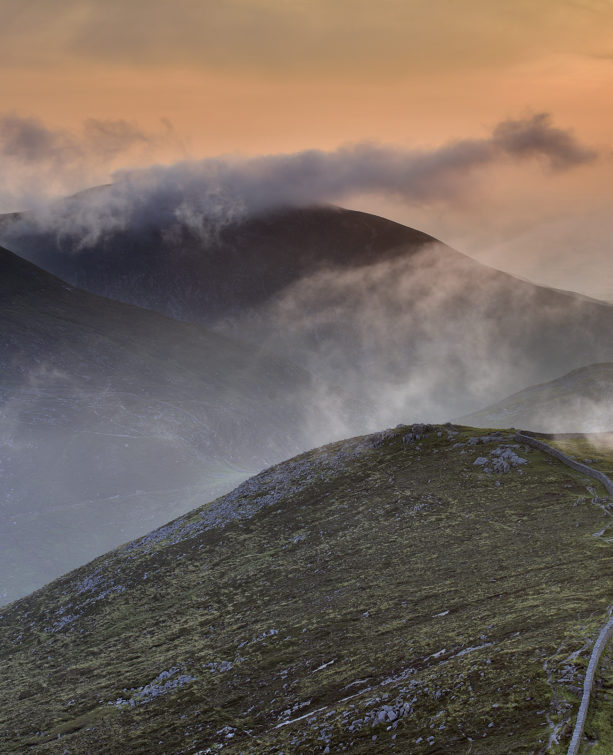 Mourne Mountains
Mourne Mountains
Camping in the High Mournes
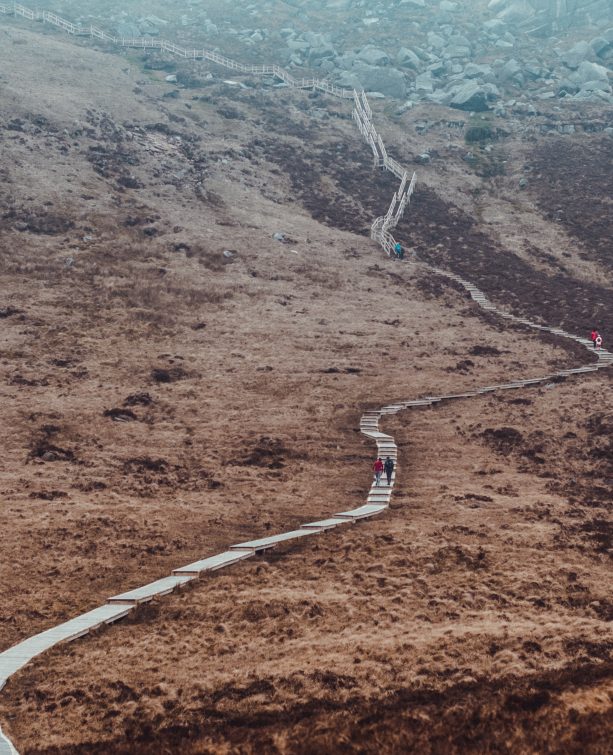 Fermanagh and Tyrone
Fermanagh and Tyrone
Cuilcagh: Stairway to Heaven
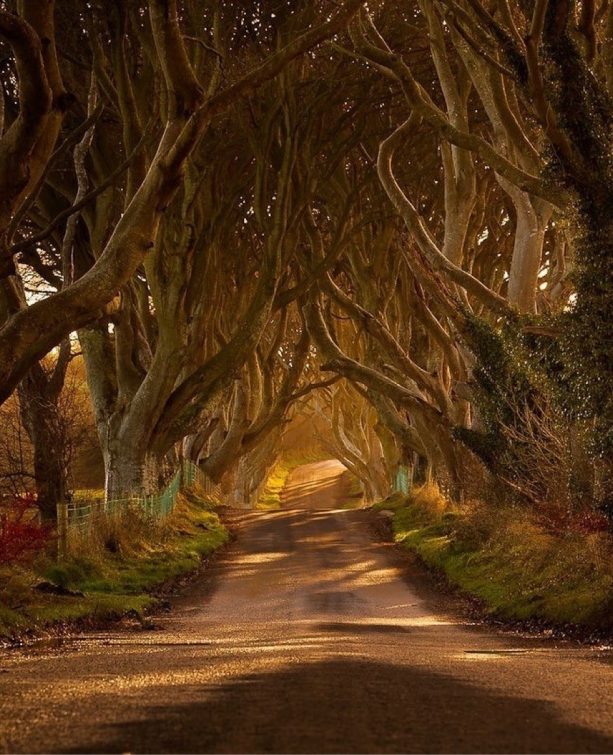 Features
Features
Every Game of Thrones Location in Northern Ireland
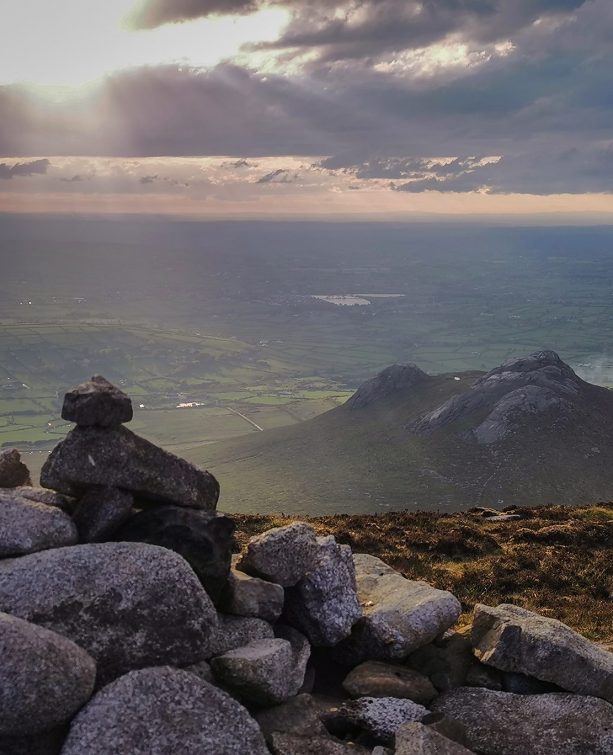 Mourne Mountains
Mourne Mountains
Hen and Cock Mountains
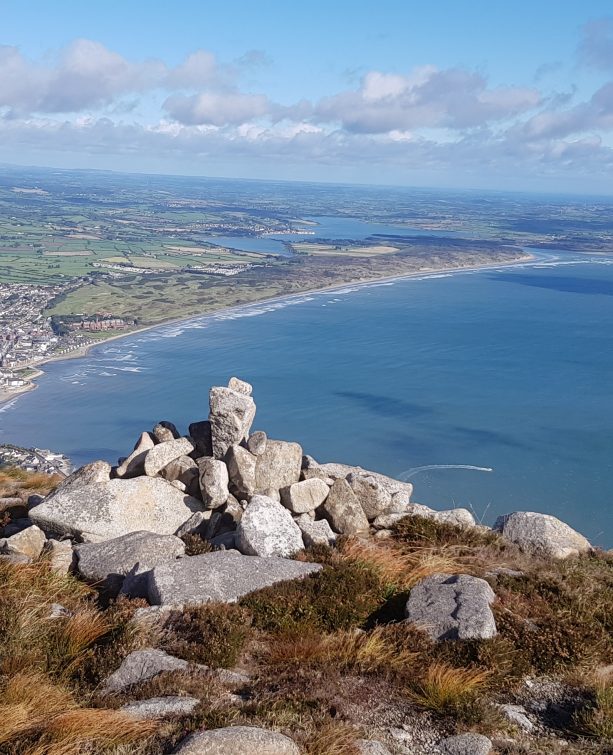 Mourne Mountains
Mourne Mountains
Leganabrachan, Millstone and Thomas: Donard’s Seaside Bodyguards
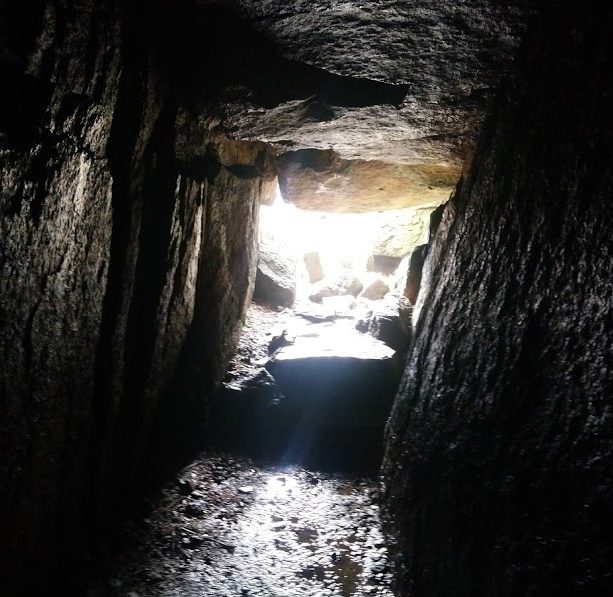 Mourne Mountains
Mourne Mountains
Percy Bysshe and Cove Caves